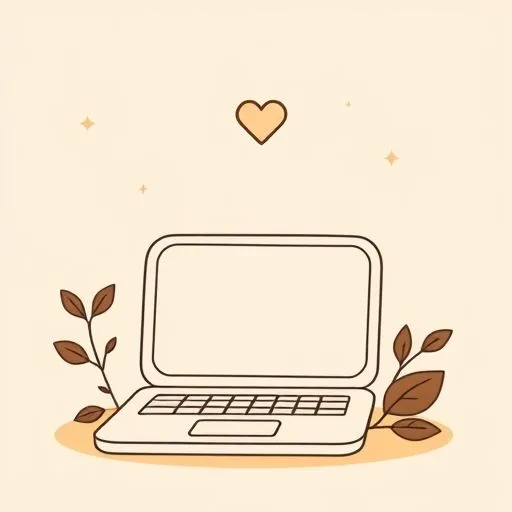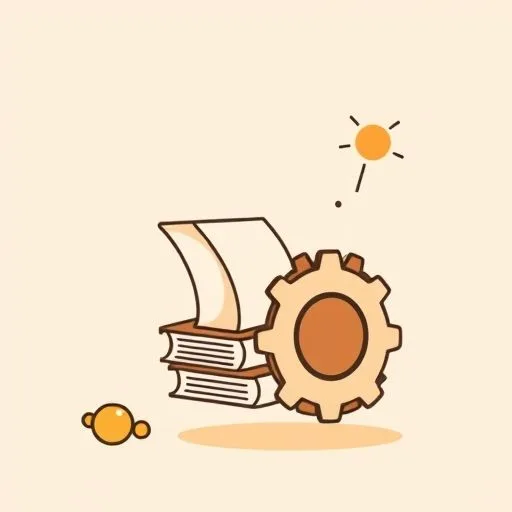
Ever hit midnight, eyes bleary from receipts and spreadsheets, only to wish you could press pause on work and play pirate-ship on the living room rug? That’s exactly what today’s AI magic is handing us!
I just read how AI is completely reshaping accounting by automating all those repetitive tasks, and friends—this isn’t about robots taking over. This is about technology handing us back our most precious commodity: TIME. Time for creativity, for connection, for living!
Let’s dive into this incredible shift with the energy of a playground discovery and the heart of a parent who knows what truly matters.
How Does AI in Accounting Free Up Time for What Matters?

The research is absolutely electrifying! Studies from Stanford and MIT show that AI isn’t replacing accountants—it’s supercharging them.
Imagine this: AI tools automate the mind-numbing tasks like data entry and reconciliation. We’re talking about a whopping 55% increase in how many clients an accountant can support!
But here’s the part that made me practically jump for joy: it reallocates about 8.5% of their time away from those repetitive tasks and toward high-value work. That’s like getting an extra hour every single day to focus on what humans do best—creative problem-solving, building relationships, and strategic thinking.
Remember when my 7-year-old daughter kept fumbling with her shoelaces? We’d spend frustrating minutes on it, until we found these wonderful no-tie elastic laces. Suddenly, that time was freed up! We weren’t focused on the struggle anymore; we were out the door, laughing and racing to the park.
That’s what this accounting AI does—it gives professionals the ‘elastic laces’ for their work, freeing them up for the stuff that truly matters.
Can AI in Accounting Improve Quality and Unleash Creativity?

This is where it gets so good. The research found that with AI handling the grind, reporting quality actually improves. There’s a 12% increase in detail and accuracy, and companies can finalize their monthly books nearly a week and a half faster!
But listen to this—the experts emphasize that human judgment is still crucial. AI is the powerful tool, but we are the skilled craftsmen.
Think of it as handing a master chef a super-sharp food processor—the machine can chop, slice, and blend in seconds, but the chef’s palate, experience, and creativity are what turn those ingredients into a masterpiece. The AI takes care of the tedious prep work, so the chef can focus on the art of flavor.
In our homes, it’s the same! We use apps to quickly generate a weekly meal plan based on what’s in our fridge. That automation doesn’t cook for us—it just saves us the mental load of planning, so we have more energy to actually enjoy cooking together as a family, laughing and creating something delicious.
What’s the Ripple Effect of AI on Work-Life Balance?

Now, let’s connect those dots straight to our lives as parents. When work becomes more efficient and less draining, what happens? We come home with more than just our bodies; we come home with our minds and our spirits present.
We’re not mentally exhausted from a day of repetitive tasks. We have the cognitive space to be fully engaged—to build that elaborate Lego castle, to have that silly dance party in the living room, to really listen to the rambling story about what happened at the playground.
This shift in accounting is a brilliant metaphor for the balance we’re all trying to strike. It’s not about eliminating work; it’s about using technology to handle the parts that drain us, so we can pour our energy into the parts that fulfill us.
It’s about designing a life where the tools serve us, not the other way around.
How Can We Teach Kids to Partner with AI for a Brighter Future?

This news makes me so hopeful for our kids’ generation. They’re growing up in a world where AI in education and AI in the workforce are normal. The lesson here isn’t to fear technology, but to learn how to be its partner.
It’s about cultivating the irreplaceably human skills—curiosity, empathy, critical thinking, and creativity.
I see it with my own 7-year-old daughter—she just fired up an app that suggests art projects based on her favorite colors. The AI offers the inspiration, but she provides the vision, the messy hands, and the proud smile when she holds up her creation.
We’re teaching her that technology is a fantastic helper, but she is the brilliant creator. That’s the future we’re building—one where AI handles the predictable, so our children can soar into the imaginative.
What’s Your Heartfelt Takeaway from the AI Time Revolution?

So what does all this mean for us, right now, today? Over dinner—kimchi pancakes on one side, maple syrup-drizzled fruit on the other—I remember how our family trusts in each other’s gifts. That same hope fuels me when I see AI giving us back time.
It’s an invitation to look at our own lives and ask, ‘What tedious tasks can I automate or streamline to buy back moments of joy?’
Maybe it’s using a digital assistant to manage the family calendar, or a budgeting app that tracks spending automatically. The goal is the same—to clear the clutter so we can focus on the connection.
Let’s champion technology that serves humanity. Let’s get excited about tools that free us up to do more of what we love with the people we love.
Because at the end of the day, the most valuable report isn’t a financial one—it’s the report card of the heart, filled with memories made and time well spent.
Source: How AI is transforming accounting, Paylocity, 2025-09-18
